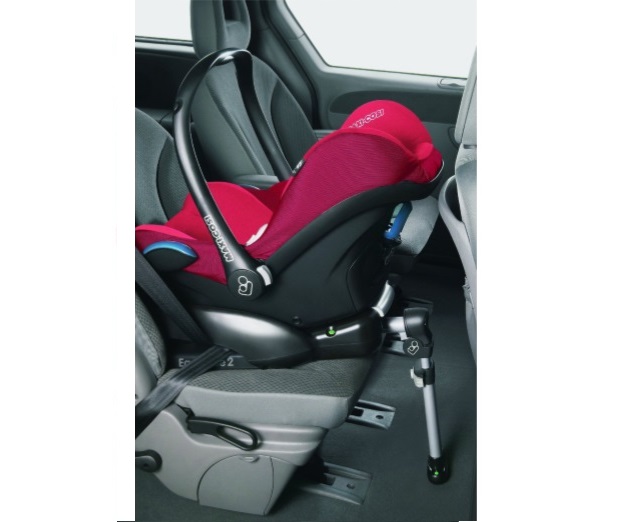
How to make sure it is correctly done
| THE INDEPENDENT | Research suggests that more than 70% of all child car seats are incorrectly fitted, or the wrong size. Here’s everything you need to know about making sure your child car seat is fitted correctly.
A twisted belt, resting the child seat against the backseat’s head rest instead of the seat back, or using the wrong seat for your child’s age or size, and more besides are all examples of a child seat not being fitted correctly. Even moving a child out of a child seat too soon is dangerous and risks your child’s life in the event of a collision.
Before we go too deep, we need to point out that this is general advice only and that all child seats are different – you should always follow the manufacturer’s instructions for your child seat. And, if in doubt, always check with a child seat fitting expert.
Age should only ever be used as a guide when moving your child from one seat type to another and that’s because not all children are the same size/height at the same age. So, you should always go off the height markers on your child seat before moving your child from one seat type to another.
Some accepted age-based rules:
- Children under the age of six months must use a rear facing car seat
- Children aged six months to four years can use either a rear facing car seat or a forward-facing car seat.
- Children aged four years to seven years (approx.) must travel in a forward-facing car seat or booster seat. Although staying in a harnessed seat is the safest option.
Where should you put your child seat? Well, many say the middle seat in the backseat is the safest in the event of a side impact. But others argue it’s safer to place them in one of the outboard seats.
What about installing the seat, you just plonk it down and connect the top tether anchor and you’re good, right? Wrong. Most infant carrier-style seats will have level indicators on them to allow you to identify exactly when the seat is located correctly. Some suggest, adding a towel to achieve the correct angle if your car’s seat base is flat. When fitting an infant seat, it’s best if you go and have the seat fitted by a professional especially if it’s your first infant seat.
What about the straps? Most will tell you there shouldn’t be more than a centimetre or two of movement in your child seat, either forwards and backwards or side to side. Always follow the manufacturer’s instructions and make sure there are no kinks or twists in the top tether strap and seatbelt when passed through the seat to hold it against the seat back.
Quite often you’ll see a child seat that’s resting against a headrest and not the seat back. That’s wrong. You want your child seat back resting against the seatback. This way, when the top tether anchor straps go over the back of the seat you’ll be able to achieve a snug fit.
What about the harness? Well, before buying a seat you should check the ease of use of the harness mechanism. Some are designed to move up and down with the shoulder height repositioning, but some aren’t and need to be unclipped, the shoulder and head support section raised and then the strap clipped again. This usually involves removing the seat altogether.
When it comes to how ‘tight’ the harness should be, it should be snug on the child and remember you’ll need to adjust according to the clothes the child is wearing.
****
 The Independent Uganda: You get the Truth we Pay the Price
The Independent Uganda: You get the Truth we Pay the Price


